Tracheostomy in the Community
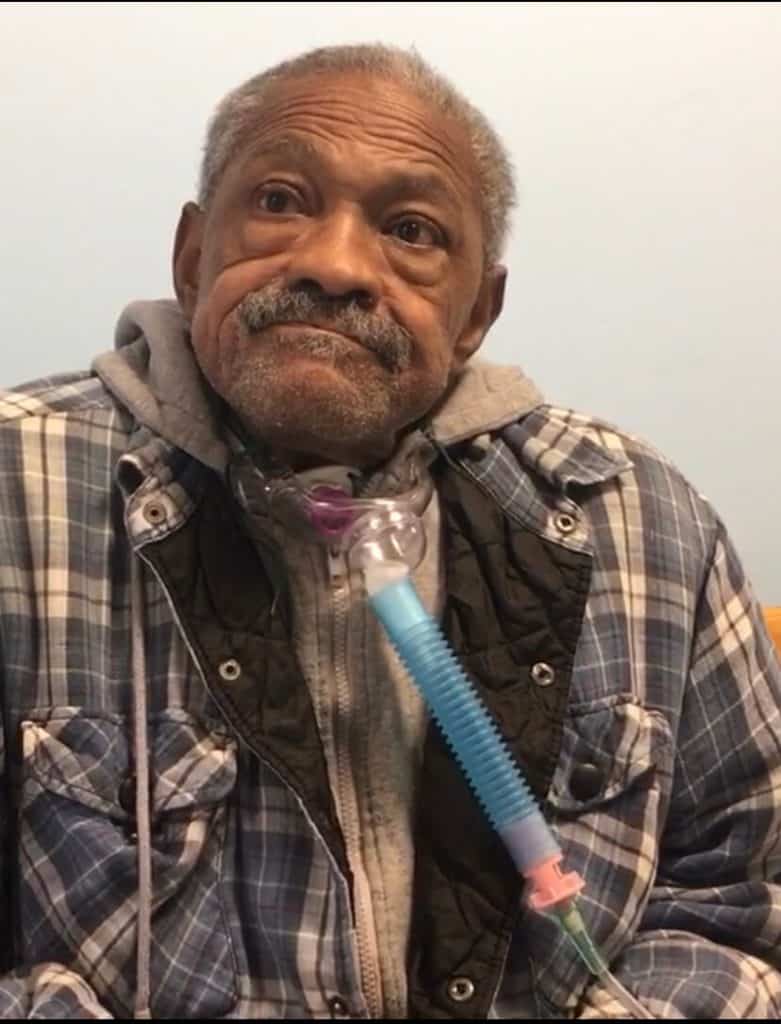
There are many challenges to caring for a patient with a tracheostomy once discharged to the community, including limited literature on caring for these patients.. The numbers of individuals living with tracheostomy are increasing due to advances in acute care. Although many patients are able to achieve decannulation, there are a subset of patients who remain with a long term tracheostomy. Some of these patients will go to a rehabilitation center, while others may be discharged to the community. Individuals with tracheostomy in the community benefit from a coordinated care process with a team of individuals including a physician, nurse, respiratory therapist, speech-language pathologist, and physical and occupational therapy.
Individuals may require the tracheostomy for a variety of settings and may opt to live in the community. The reasons include:
- to bypass an upper airway obstruction
- to provide a means for mechanical ventilation
- to provide access to secretions via suctioning
- to protect the airway from aspiration of secretions
Benefits for Community Care for Patients with Tracheostomy
The patient and family members may benefit from the patient transferring to the home environment. Some benefits include:
- No traveling for the family members
- Emotionally may be what the patient and family would like
- Patient can access the community
- Patient can be an active member (in some cases may return to work)
Challenges for Community Care for Patients with Tracheostomy
There are obvious benefits to living in the community, however there are also some challenges to be considered which include the following:
- Family living with 24 hour care or taking on care themselves
- Tracheostomy equipment taking up space in the home
- Limited selection of experienced care providers
- Local medical support may not have tracheostomy training
- Reimbursement issues
Equipment Needed for Tracheostomy Home Care
Patients discharged to the home environment should have the necessary equipment in place prior to the patient’s arrival. The list of supplies can depend on the patient need. However, a tracheostomy emergency box is necessary to have in close proximity to the patient with at least the following:
- A spare tracheostomy tube a size smaller than the one in situ
- Spare inner cannula
- Tracheostomy securing tapes/ties/collar
- Scissors
- Tracheostomy dressing
- Two sachets lubricating gel
- Gloves (for suctioning)
- A spare humidification device (eg. HME / stoma bib)
- Inner tube cleaning sponge/brush
- Patient information
Tracheostomy Care for Home Patients
Patients living at home with tracheostomy should have comprehensive tracheostomy care plan in order to manage the supplies, tracheostomy tube changes, suctioning, inner cannula changes and cleaning (if disposable), humidification needs, oxygenation, stoma care, tracheostomy ties, and cuff pressure monitoring (if the cuff is present).
Manage the tracheostomy tube in the home setting is similar to acute care but there are some differences. In acute care equipment is sterilized, whereas in the community, a clean technique is often used. In acute care, patients have skilled clinicians care for the tracheostomy with a set of policies and procedures. In the home care setting, care support can be performed by a family member trained or a trained care via a specialist home care team.
Education for the Patient and Family
Comprehensive education surrounding the tracheostomy and management is crucial to patient safety as the patient and family are often the main care providers in the home environment. Prior to discharge it is recommended to perform skills with a tracheostomy simulation device as well as performing care on the actual patient. Competency assessment is recommended.
Living with a Tracheostomy at Home
Living at home with a tracheostomy will have an impact on daily life. There are a few things that the patient should aware of for safety.
- When showering or bathing, a protective cover should be used to avoid getting water inside the tracheostomy.
- Care should be taken when near pools or water so as not to get water inside the tracheostomy tube. Make sure not to go under water.
- Avoid aerosols or powders from entering the tracheostomy tube
- Avoid hair such as from animals from entering the tracheostomy tube
Summary
Living at home with a tracheostomy may have some challenges. However, proper education and discharge planning can reduce adverse events for a safe discharge and home experience.

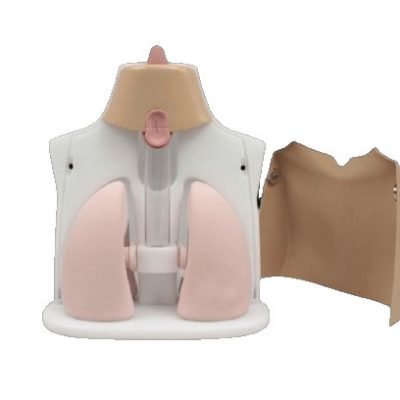
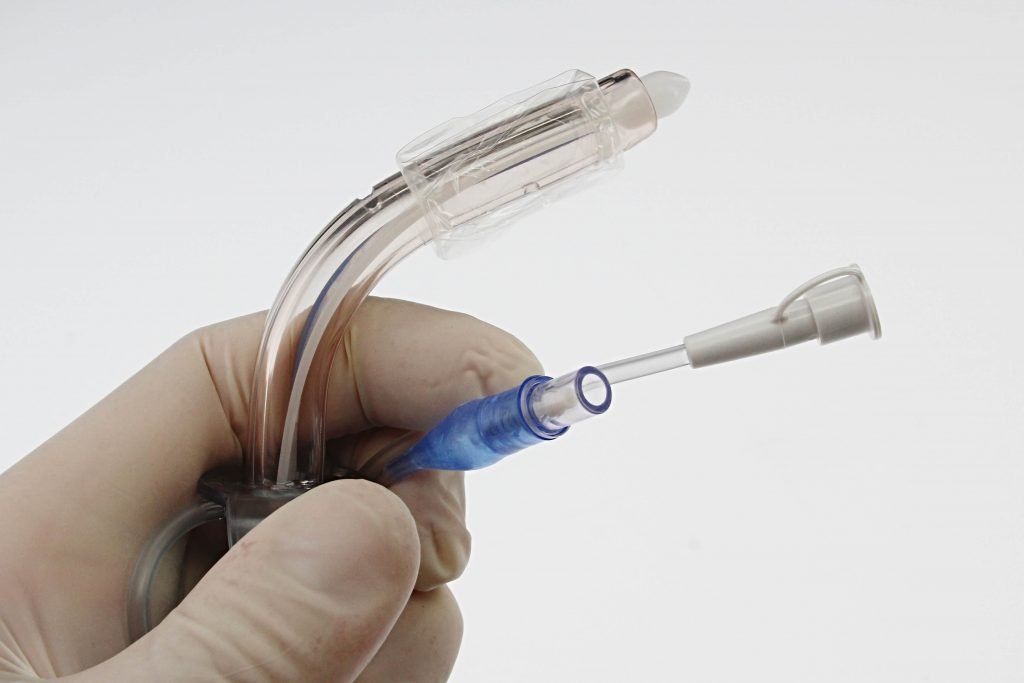


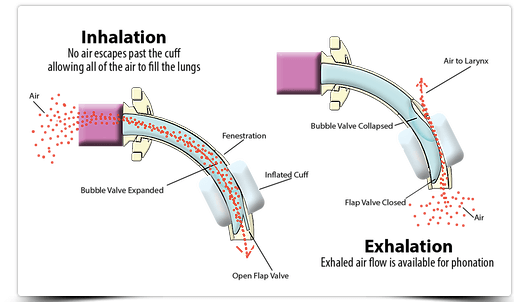


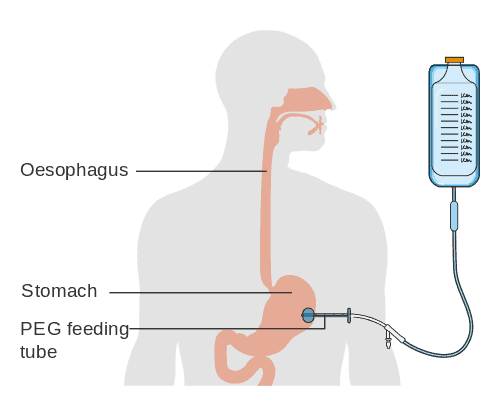
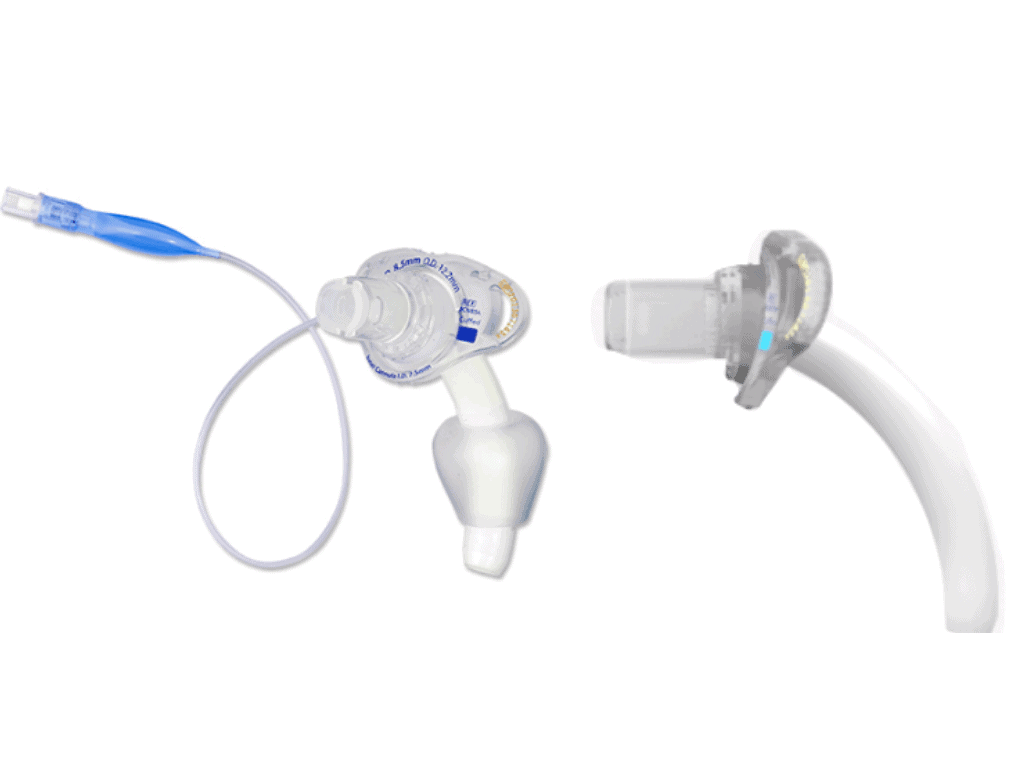

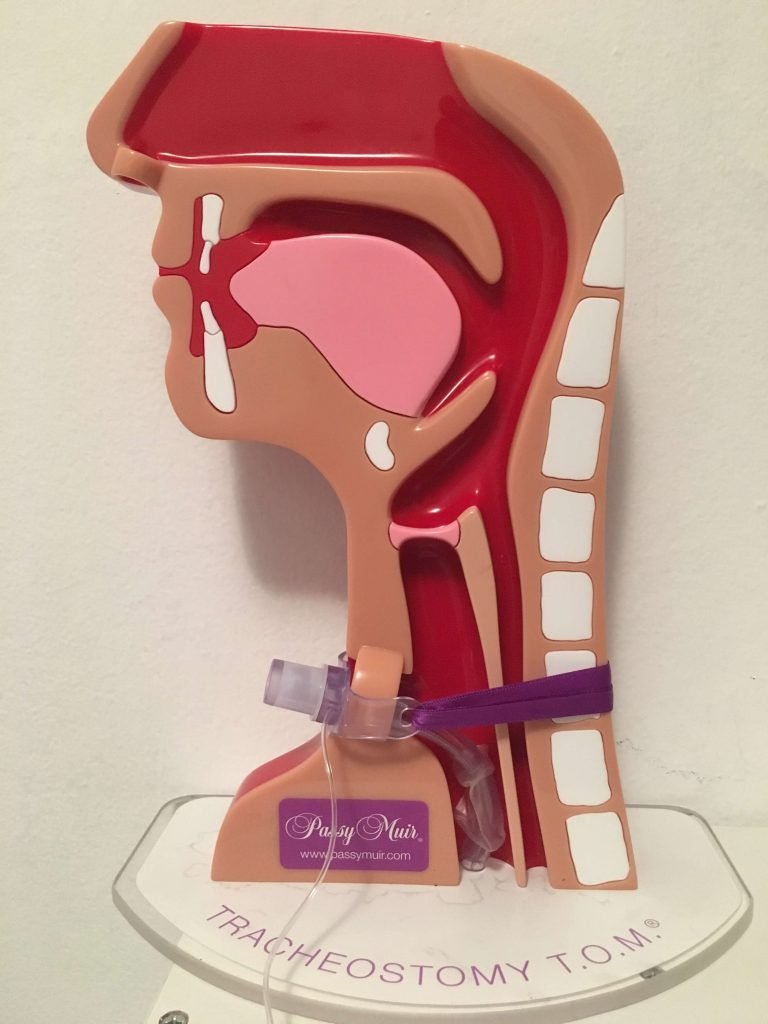

Responses